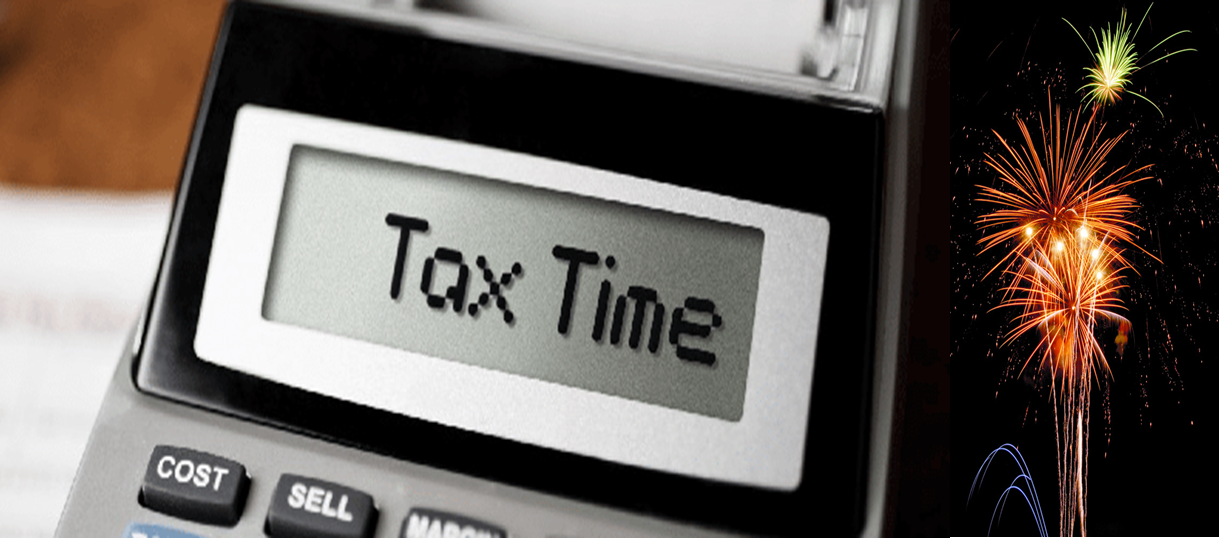Refunds for Tax Losses
If your company has made a loss, you may be able to claim a tax refund for tax previously paid on profits.
In the 2020-21 Federal Budget, the Government announced that businesses with turnover under $5bn* will be able to offset any losses made between 2019-20 and 2021-22 against previously taxed profits between 2018-19 and 2020-21.
The loss carry-back rules enable a company to offset tax losses against profits taxed in a previous year, generating a refundable tax offset. The amount carried back can be no more than the earlier taxed profits, limiting the refund to the company’s tax liabilities in the profitable years. The company can choose to carry-back a loss or carry it forward. That is, tax losses for 2019-20, 2020-21, or 2021-22 income years can either be:
- Carried forward and deducted against income derived in later income years; or
- Carried back against income of earlier income years as far back as the 2018-19 income year to produce a refundable tax offset.
Previously, tax losses could only be carried forward and deducted against income in later income years.
This is not the first time that carry-back losses have been allowed. The loss carry-back rules were introduced some years ago by the Gillard government for the 2012-13 year, then repealed.
The loss carry-back rules also interact with the Government’s Budget measure allowing immediate expensing of investments in capital assets (See Tax deductions for investing in your business). The new investment will generate significant tax losses in some cases which can then be carried back to generate cash refunds for eligible companies.
What entities are eligible to carry-back losses?
Corporate tax entities are eligible to carry-back losses – a company, a corporate limited partnership, or a public trading trust – BUT only if the entity has lodged an income tax return for the current year and each of the five years immediately preceding it. If your company has not kept up to date with its reporting obligations, it might not be able to use the new rules.
Claiming the refundable tax offset
Businesses will need to elect to utilise their carry-back losses when they lodge their 2020-21 and 2021-22 tax returns. That is, even if the company made a loss in the 2019-20 year, it cannot claim that loss until the 2020-21 tax return is lodged.
For the 2020-21 income year, a loss carry-back tax offset may be available to a company if:
- It has a tax loss in the 2019-20 income year and/or the 2020-21 income year;
- It has an income tax liability in the 2018-19 income year and/or the 2019-20 income year; and
- For the 2020-21 income year and each of the previous five income years, either the entity has lodged an income tax return; the entity was not required to lodge a return, or the Commissioner has made an assessment of the entity’s income tax.
The carry-back cannot generate a franking account deficit. That is, the refund is further limited by the company’s franking account balance.
Source: Knowledge Shop Newsletter Oct 2020.

Contact Us If you Need Help
If you have any questions, you can contact 07 3510 1500 or email office@agilisaccountants.com.au



